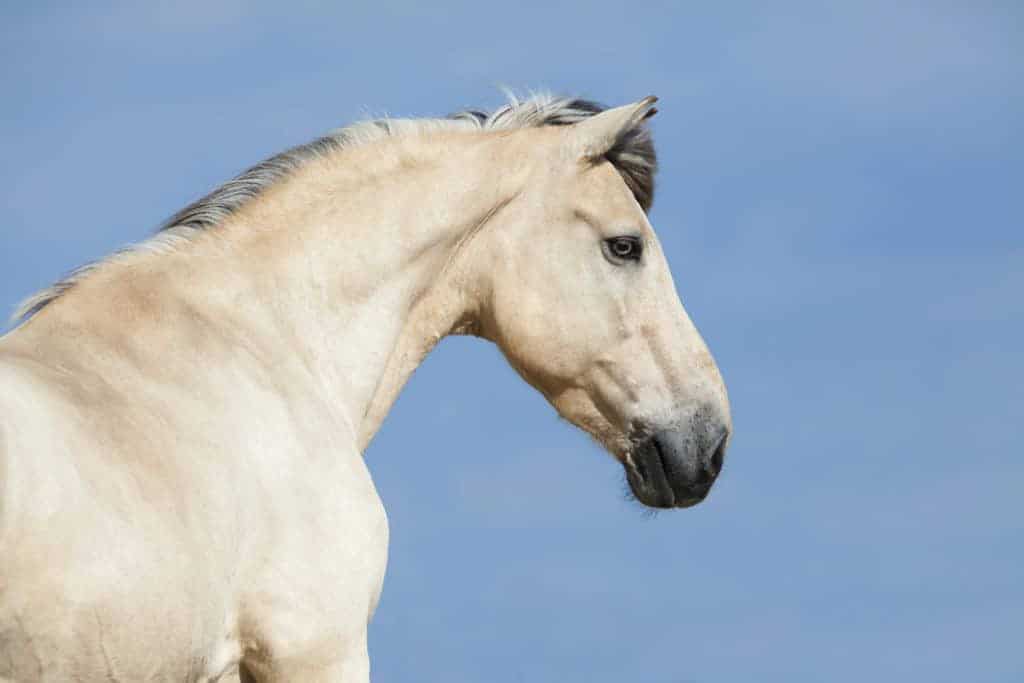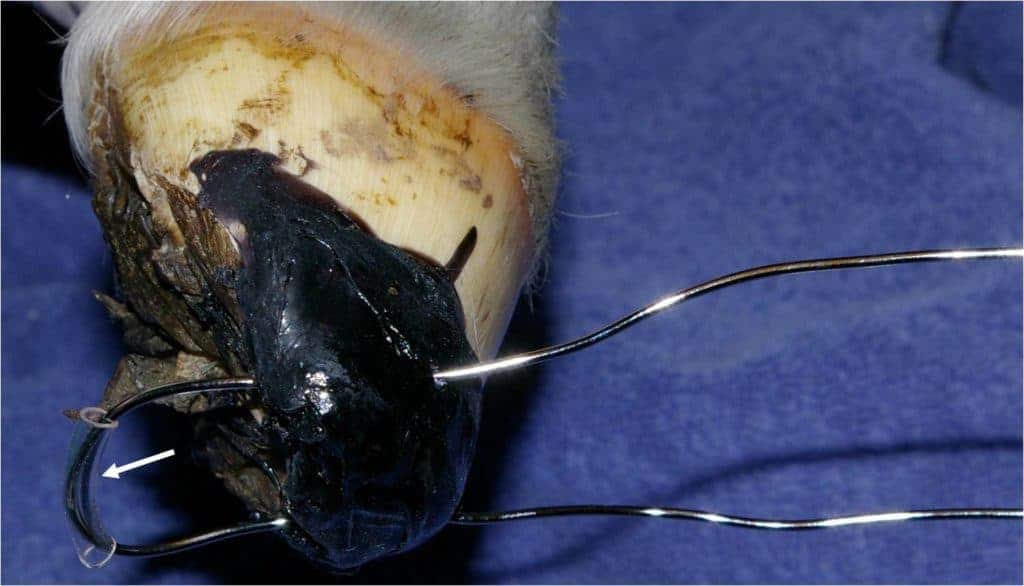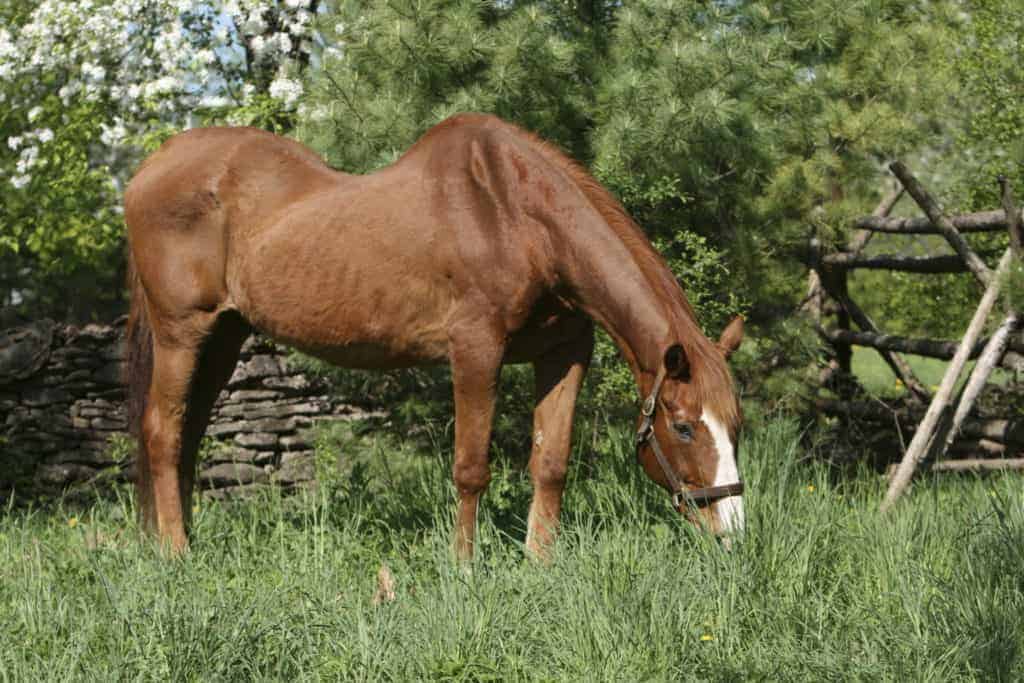
Head Position Impacts Kissing Spines Evaluation (AAEP 2012)
How a horse stands during X rays might influence how vets interpret images when diagnosing kissing spines.

How a horse stands during X rays might influence how vets interpret images when diagnosing kissing spines.

Researchers are learning how different pads stack up for keeping our horses happy and healthy under saddle.

Research shows that various angles of the outer and inner hoof are linked to different kinds of lameness.

A single impact injury did not cause generalized osteoarthritis in the fetlock during the study period.

A cut-out patterned English appeared to have multiple benefits when compared to not using a pad.

A recently published French study suggests a horse’s neck posture might indicate correlating back pain.

Neurologic signs, weakness, gait changes, and forelimb lameness can all point to an equine neck condition.

Veterinary professors in England develop “Anato-Rug” to help students study equine anatomy.

A novel treatment technique for correcting flexural deformities in foals showed promise in a recent study.

A new, minimally invasive kissing spines treatment method boasted a 95% success rate in a recent study.
The colt was diagnosed with a peripheral nerve injury that caused atrophy in his left infraspinatus muscle.

Zoledronate appears effective in improving clinical signs associated with bone fragility disorder.

Nearly 50% of high-performance barrel racers evaluated showed radiographic changes in their fetlock joints.

Exercising the multifidus muscles in addition to daily training could reduce equine back pain.
The first discussion, which will cover sacroiliac pain in horses, is scheduled for Aug. 6 at 6:30 p.m.

Researchers found that foals turned out to pasture had similar joint defects as those exercised daily.
Stay on top of the most recent Horse Health news with
"*" indicates required fields